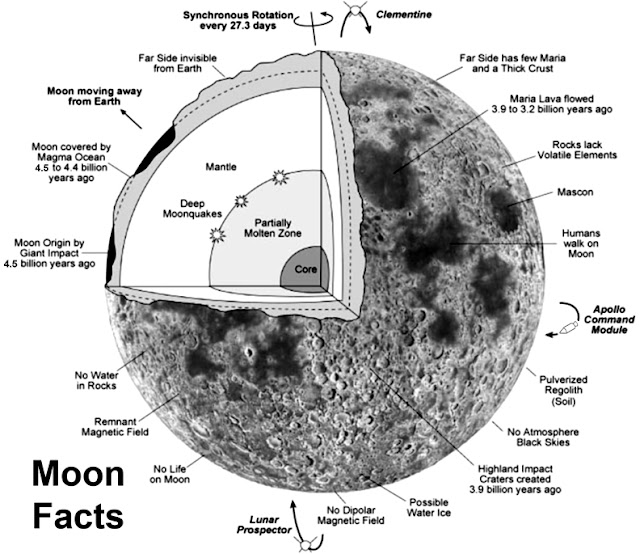Introduction – Psychological Moon
We all know from our study of Gnosis that we can create a
psychological Moon. The creation of the psychological Moon is really the first
creation of our interior universe or interior Genesis. The psychological Moon
is in other words the first work we perform in our self-realization, and our
self-realization is the work of the creation of our interior universe. The
psychological Moon is the permanent centre of gravity, where we have within us,
the tendency to work on ourselves and to see life through the work on ourselves
as the dominant tendency. That is within us we are more interested in the work
than anything else. All other things come second.
Gabriel Regent of the Moon
We also know that Gabriel is the regent of the Moon, our
Earth’s satellite, and following the Hermetic axiom “as above so below” we must
also have within us a regent of our psychological Moon when we create it.
So our interior Gabriel, a part of our Being is the regent
of our psychological Moon. See this excerpt from the Pistis Sophia Unveiled
where Master Samael talks about the inner Gabriel.
“GABRIEL, as a Regent
of the Moon, is one of the Planetary Genii.
The Intimate GABRIEL
is something distinct, is one of the autonomous and conscious parts of our own
Being.
The Intimate GABRIEL
governs our own psychological Moon.
The psychological Moon
also has two faces, the visible and the hidden.
All of our
psychological defects, visible to the simple sight, are in the visible part of
the psychological Moon.
The secret defects are
found in the hidden part of our own psychological Moon.
It is obvious that
defects, psychic aggregates and perversities that we do not even remotely
suspect exist in the hidden part of our own psychological Moon.
MICHAEL in the Sun is
an ineffable Archangel, but the MICHAEL within ourselves is different. Michael
is an independent and conscious part of our own Being.
Our readers must not
forget the forty-nine fires.
The forty-nine fires
are, obviously, the forty-nine independent and conscious parts of our own
Being.
MICHAEL and GABRIEL,
which means, the SUN and the MOON, the SULPHUR and the MERCURY, serve the
Alchemist in order to perform the Great Work.”
Conclusion
In conclusion this post was just to make us aware that we
have a Moon within us and there is a part of our Being, our inner Gabriel that
comes to take up his function of regent of the psychological Moon within one we
create it for Him.
End (51).




